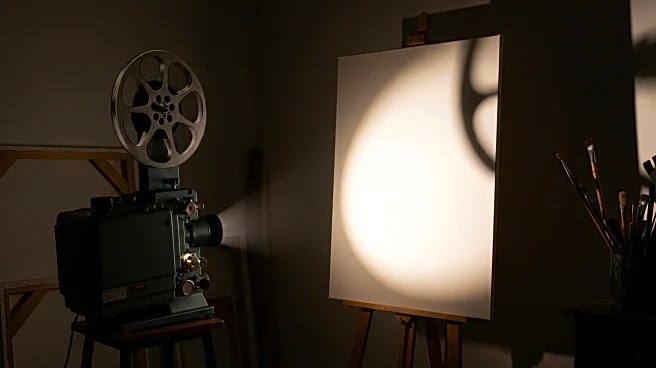What's Happening?
Willem Dafoe plays Ed Saxberger, a former poet and postal worker, in 'Late Fame,' directed by Kent Jones. The film, set in Manhattan's West Village and SoHo, explores Ed's unexpected rediscovery and the clash between his past aspirations and current life. Ed's poetry, published decades ago, is suddenly appreciated by a group of young artists, leading him to confront his past and the artistic pretensions of the new generation. The film, based on an unpublished novella by Arthur Schnitzler, is a character study that delves into themes of notoriety and identity without focusing on dramatic climaxes.
Why It's Important?
The film highlights the tension between past artistic dreams and present realities, offering a satirical look at the art world and the generational divide. It underscores the challenges faced by artists in maintaining authenticity amidst changing cultural landscapes. Dafoe's portrayal of Ed Saxberger provides insight into the struggles of aging artists and the impact of rediscovery on personal identity. The film's setting in a rapidly gentrifying Manhattan adds layers to the narrative, reflecting broader societal changes affecting artists and communities.
What's Next?
The film's debut at the Venice Film Festival positions it for potential critical acclaim and audience interest. As the story unfolds, Ed's interactions with the young artists and his personal journey may resonate with viewers, sparking discussions on the value of art and the pressures of societal expectations. The film's exploration of identity and artistic integrity could influence future narratives in cinema, encouraging filmmakers to delve deeper into these themes.
Beyond the Headlines
The film raises questions about the nature of fame and the authenticity of artistic expression. It challenges viewers to consider the ethical implications of rediscovery and the commodification of art. The portrayal of Ed's life and the Enthusiasm Society's pretensions offer a critique of cultural elitism and the superficiality of modern artistic communities.











